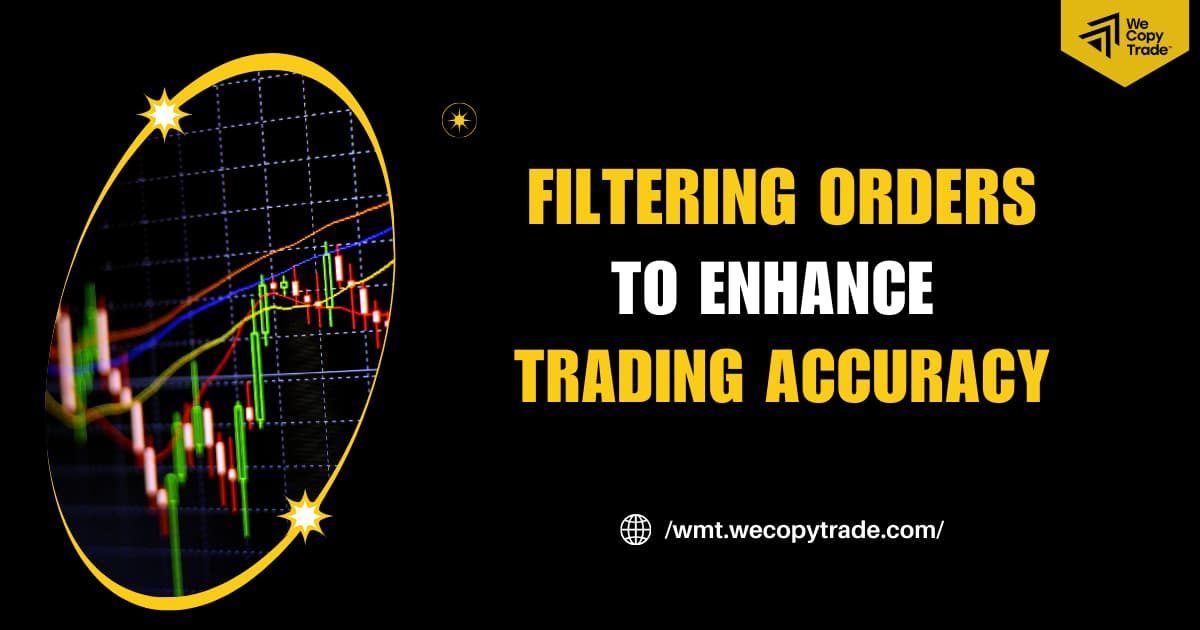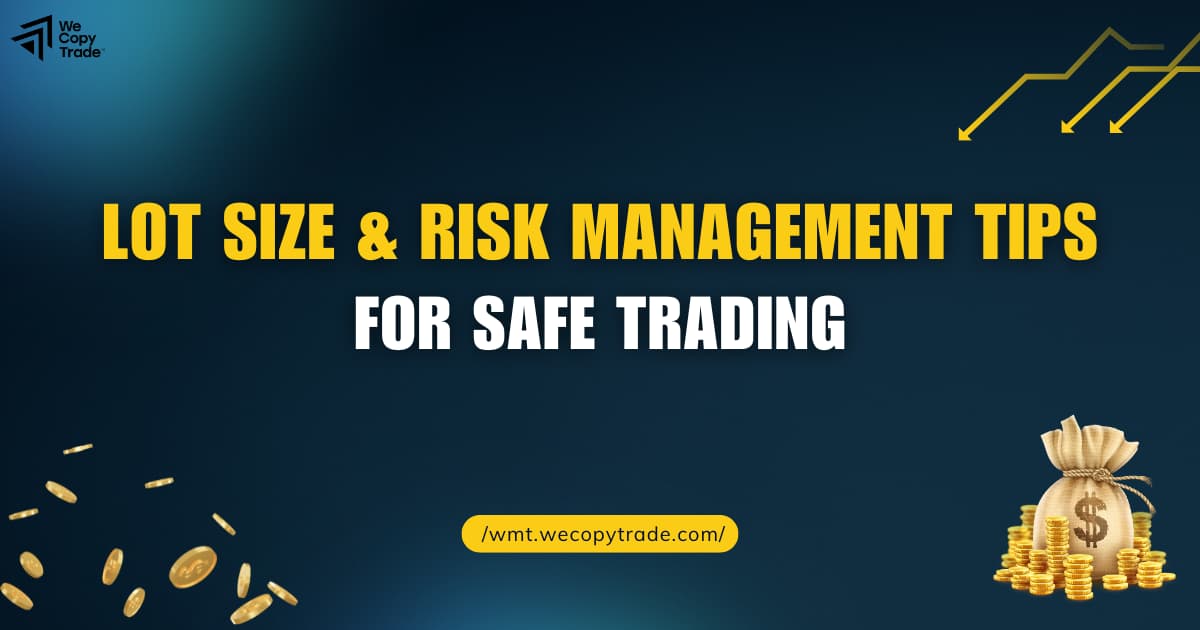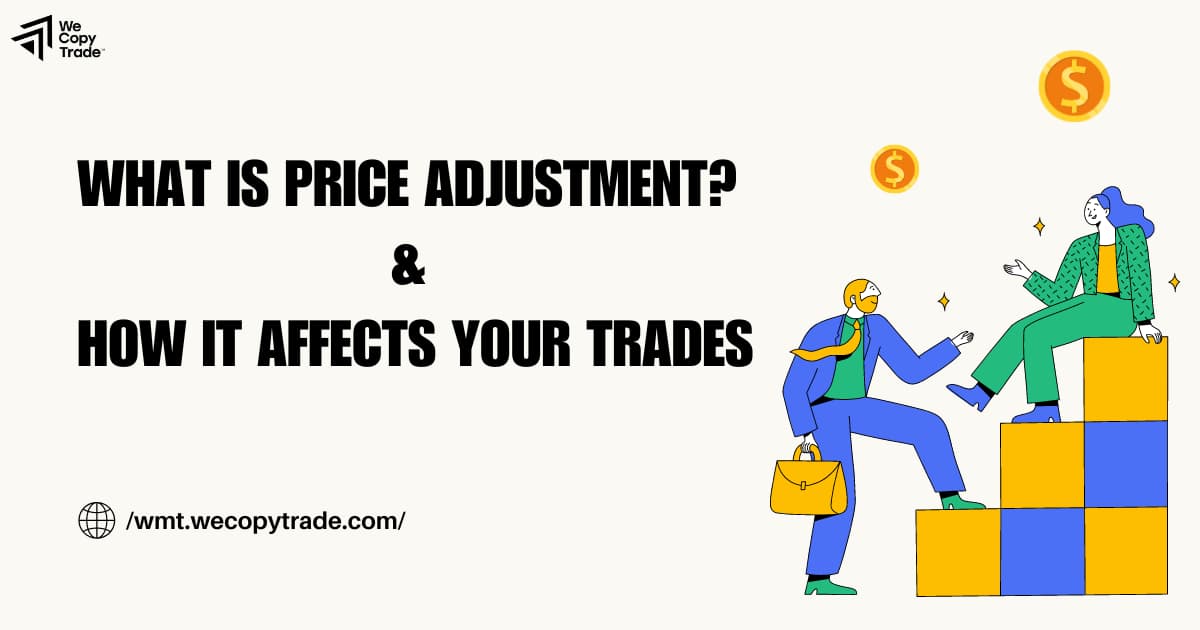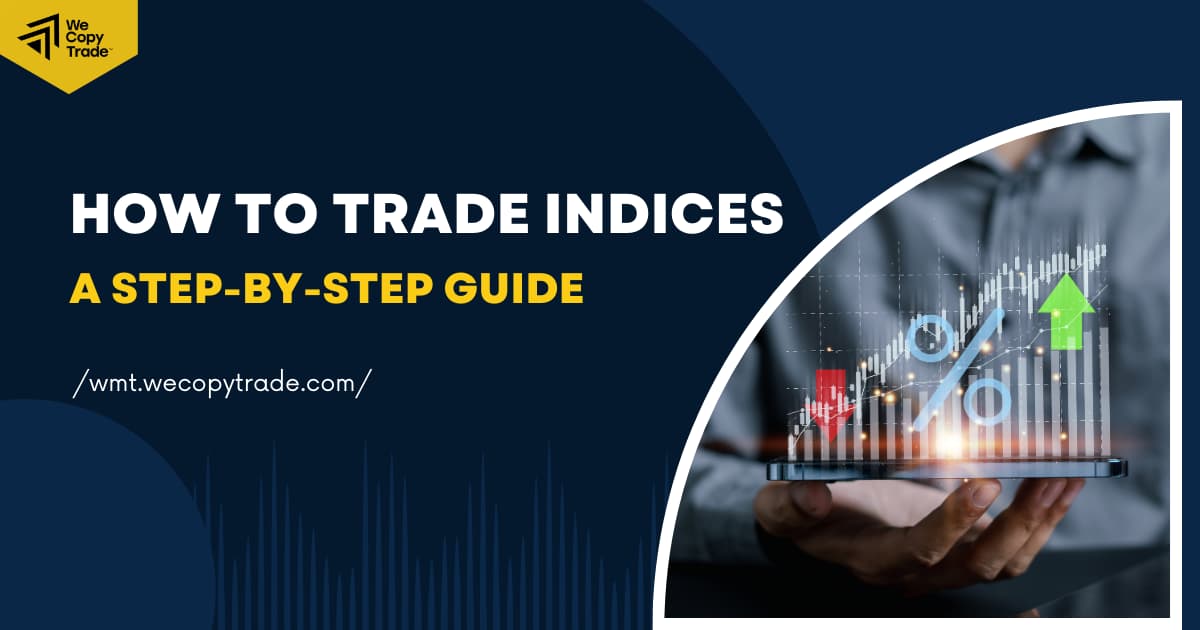
Indices trading is an excellent way to diversify your investing portfolio while incurring less risk than trading individual equities. Majo indices track significant stock market portions and can help you profit from overall market changes. This article will show a step-by-step guide on how to trade indices effectively. Whether you are a beginner or a seasoned trader, these steps will provide you with the fundamental knowledge you need to get started with indices trading.
Understanding the Basics of Indices
Before getting started with indices/ indexes, you need to grasp their fundamentals.
What are indices?
An index is a way to track and measure changes in various sections of the market. By tracking indices, investors can see how groups of assets perform over time. This gives a sense of how the broader economy and various markets are doing without having to follow thousands of individual stocks, bonds, or other holdings.
Some common stock indices track large sections of the overall market. For example:
- The S&P 500 follows 500 leading U.S. companies
- The NASDAQ 100 measures the health of the 100 largest non-financial equities traded on the NASDAQ exchange, and so on.
- Bond indices may monitor government or corporate debt.
- Commodity indices monitor prices of things like oil, gold, and agricultural goods.
- Real estate indices provide a view of trends in home and commercial property values.
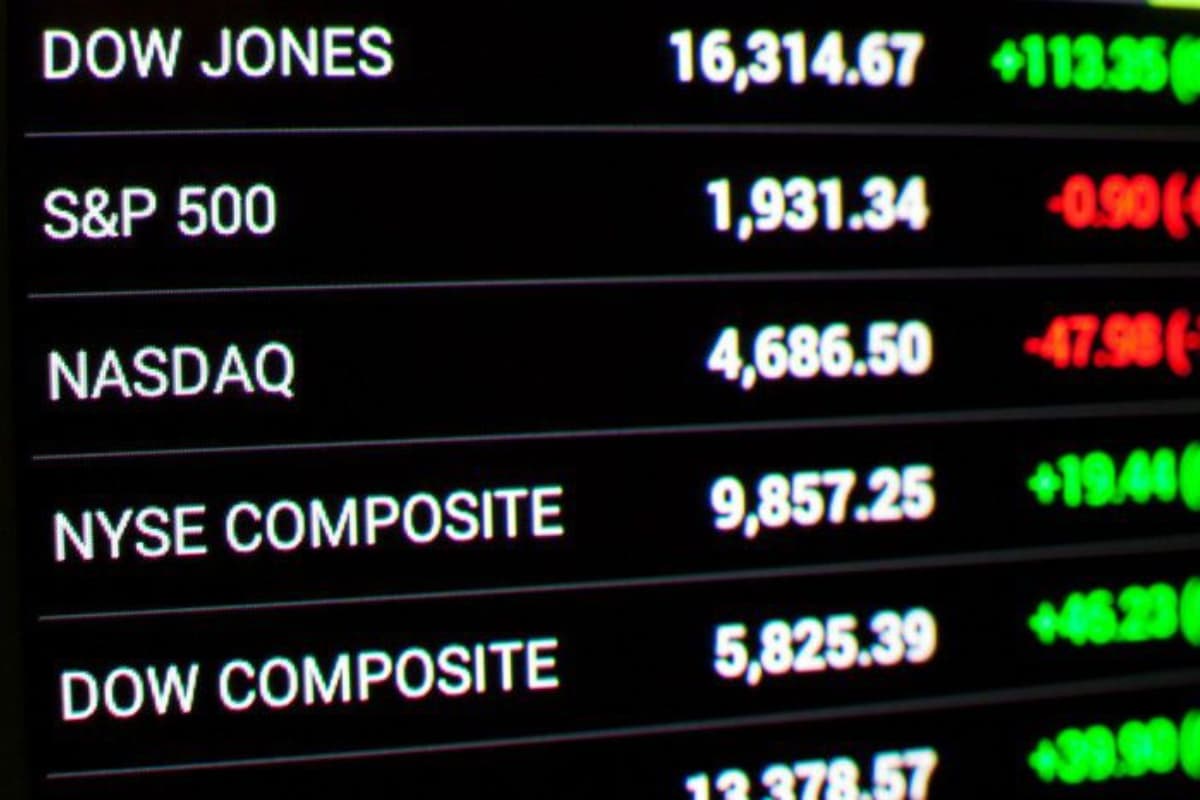
Importance of Indices in Trading
Indices are very important for traders to follow. Instead of checking countless individual stocks, indices let traders easily monitor how whole sections of the market are doing at once. This helps traders spot trends, make more informed decisions, review their performance, and potentially earn money from market shifts.
Ways to Trade Indices
Here are some main ways to trade indices:
- Spread betting: You place bets on whether the index will go up or down, and earn money based on how much it moves. It works with leverage so you only need a small deposit.
- CFDs (Contracts For Difference): You trade a set number of CFD contracts. CFDs also use leverage which boosts your potential profit and loss.
- ETFs (Exchange Traded Funds): ETFs are funds that directly mirror and track an index like the S&P 500. You can buy and sell ETFs on exchanges just like shares in a company.
- Futures: With futures, you agree today to buy or sell the index at a set price in the future. This lets you speculate on which way the index will move by a certain date in the future.
How to Trade Indices: What to Prepare
There are several things that you should prepare before trading indices: the right tools and a comprehensive trading plan.

Essential Tools for Trading Indices
Some necessary tools for trading indices include:
- Reliable trading platform/ brokerage account: To place trades, you will need access to a secure and stable online platform. It should allow you to trade the types of indices you are interested in, like CFDs, futures, ETFs, etc.
- Understanding of market fundamentals: You should have good knowledge of factors that can affect index prices like economic reports, corporate earnings, geopolitics, and interest rates.
- Technical analysis skills: It is crucial to analyze price chart patterns and spot trends, support/ resistance levels, and overbought/ oversold signals using indicators like MA (moving averages), and so on.
Building a Trading Plan
It is important to have a good trading plan before starting with indices. The plan should lay out your goals as well as how much risk you are willing to accept with each trade. The plan should also include your strategies for entering and exiting trades. In addition, your plan must state clear rules for managing your money too, like how much to invest each time and when to cut losses.
Following a well-thought-out trading plan helps you stay disciplined and focused. Regularly keep up with financial news, as important announcements from central banks or political issues can quickly impact index prices. Staying informed about economic trends lets you anticipate market movements to make smarter trading choices.
Steps to Trade Indices
Let us dive into the six main steps you need to follow to trade indices!
Opt for a Trusted Broker
The first step to trade indices is choosing a broker you can trust. A good broker will provide the tools needed like an easy-to-use trading platform. They should also offer the different types of indices products available to trade, such as CFDs, options, or futures.
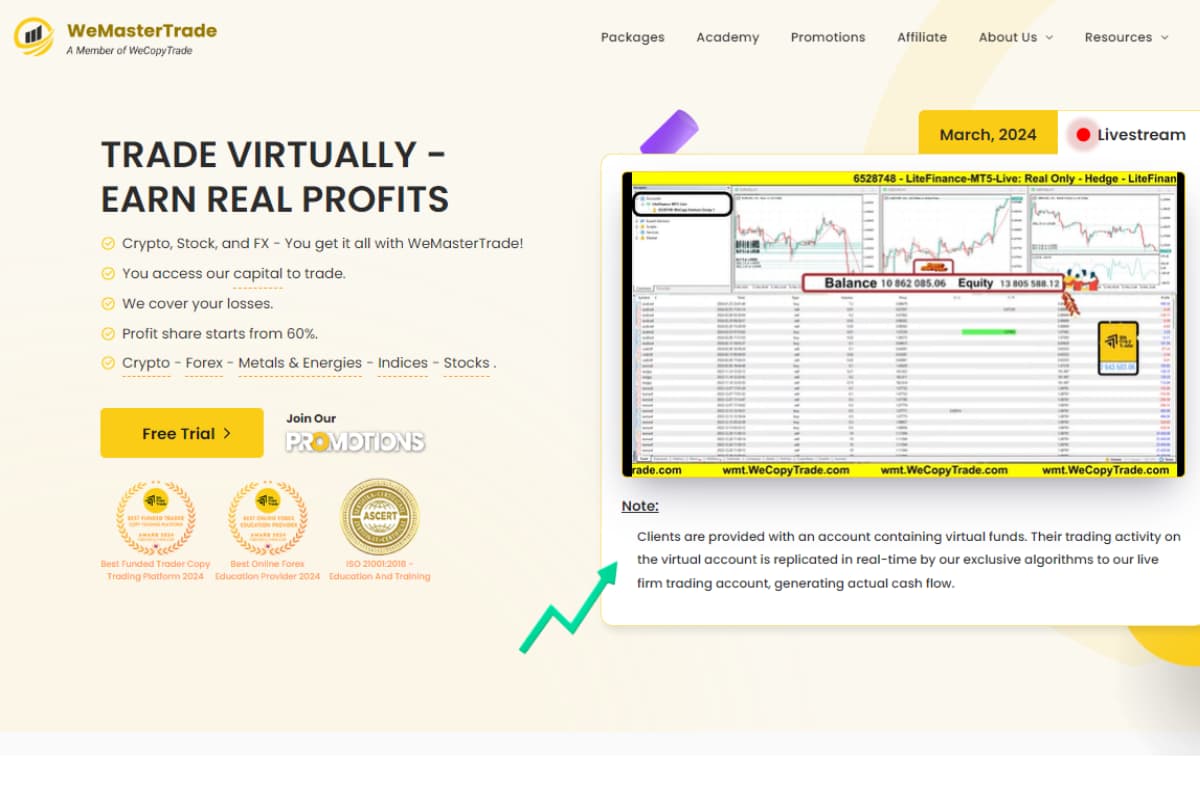
It is wise to try out placing demo trades with a demo trading account first. This lets you learn their systems without risking money. Look for a broker with a good reputation for reliable service and security, and low trading fees. Research online reviews and check for any regulatory approvals too.
Open and Fund Your Account
After selecting a broker, the next step is to open your trading account. You will need to show several personal details. After that, you can fund money into your new trading account. Consider your goals when deciding how much to fund your account with. The minimum deposit amount depends on the broker. It is best to practice trading on a demo trading account first before trading with your real money.
Select the Index You Wish to Trade
The next step is picking index you want to focus on. Selecting the right index is important to gaining experience trading them successfully. Consider your investment goals and risk tolerance. Popular choices for beginners include well-known ones like the S&P 500 or FTSE 100.
Open a Trade
Once you have chosen an index to focus on, you can open your first real trade. Logging into your broker’s trading platform, select the index ticker symbol from the list of available assets. Then decide whether you think the index will rise or fall from its current price. Next, use the indicated tools to place a “buy” trade if you expect an uptrend or “sell” if you anticipate a downturn. You should specify your trade size based on your risk level for each position.
Monitor your Trade
It is essential to keep an eye on how it’s performing. Check the latest index price movements against your target levels for closing positions. Tracking overall market events helps you adjust tactics if needed. Reviewing charts regularly gives insights into trends that may confirm or oppose your trade analysis. With close monitoring, you can aim to close trades at optimal times to try to secure profits or cut losses short.
Popular Strategies for Effective Indices Trading

There is no “the best method” for trading indices as each trader has their distinctive style, goals, and risk tolerance. Here we look at some of the most prevalent strategies for effective indices trading:
- Mean reversion trading: This involves looking for times when the index price strays too far from its typical levels and betting that it will return to its average.
- Trend following: With this strategy, traders analyze the direction of the index’s movements and open positions in the direction of the prevailing trend.
- Breakout trading: Traders watch for important support and resistance levels on charts and make trades when the index strongly moves above or below these levels.
- Swing trading: This focuses on short-term highs and lows, getting in and out of trades over periods ranging from a few days to a few weeks.
- Day trading: Day traders can open and close index positions within the same trading session, usually on the same day.
Trying different approaches can help you find the strategies that work best with your personality and investment style.
Conclusion
To sum up, we have looked at how to trade indices through a step-by-step process. Following a plan from the start will better prepare you with the right tools, knowledge, and experience needed before placing real trades. For further market insights and trading tips, please check out https://wmt.wecopytrade.com/blog.




